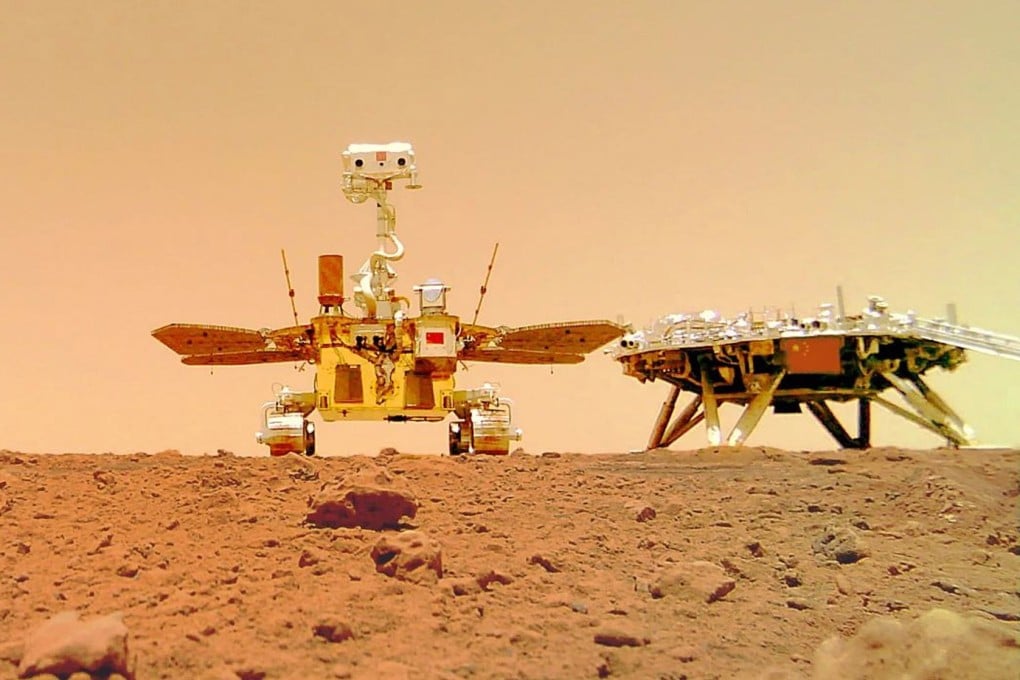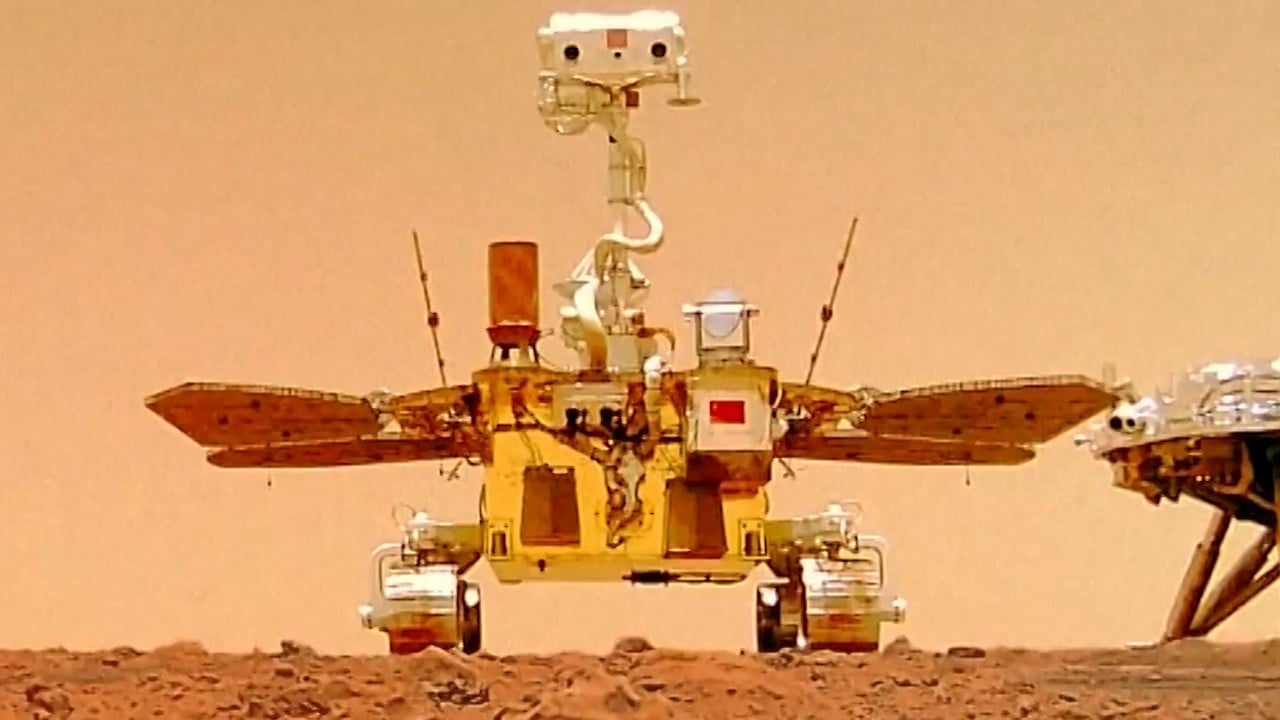China’s Mars sample return mission ‘progressing smoothly’ while Nasa struggles behind schedule
- NPC deputy and Tianwen-1 spacecraft chief designer Sun Zezhou says key technologies needed for Tianwen-3 mission are ‘in place’
- The cost of the US Mars Sample Return programme has risen from an initial US$4 billion and will probably exceed US$10 billion

“So far, no country has implemented a sample return from Mars yet,” Sun told state broadcaster CCTV on Wednesday, adding that China must overcome two major challenges for Tianwen-3 to be successful.
“One is to retrieve rock samples and then take off from the Martian surface. The second is an in-orbit rendezvous and transfer of the samples to the return capsule. They require our spacecraft to be highly intelligent at the system-design level,” he said.
Analysing the retrieved rocks with state-of-the-art instruments here on Earth, scientists could better answer fundamental questions such as if there was still water on Mars and whether it had hosted any form of life in the past, he said.
China is increasingly likely to become the first country to carry out a Mars sample return mission – though the US has a much longer history exploring the red planet that goes back to the 1960s.

